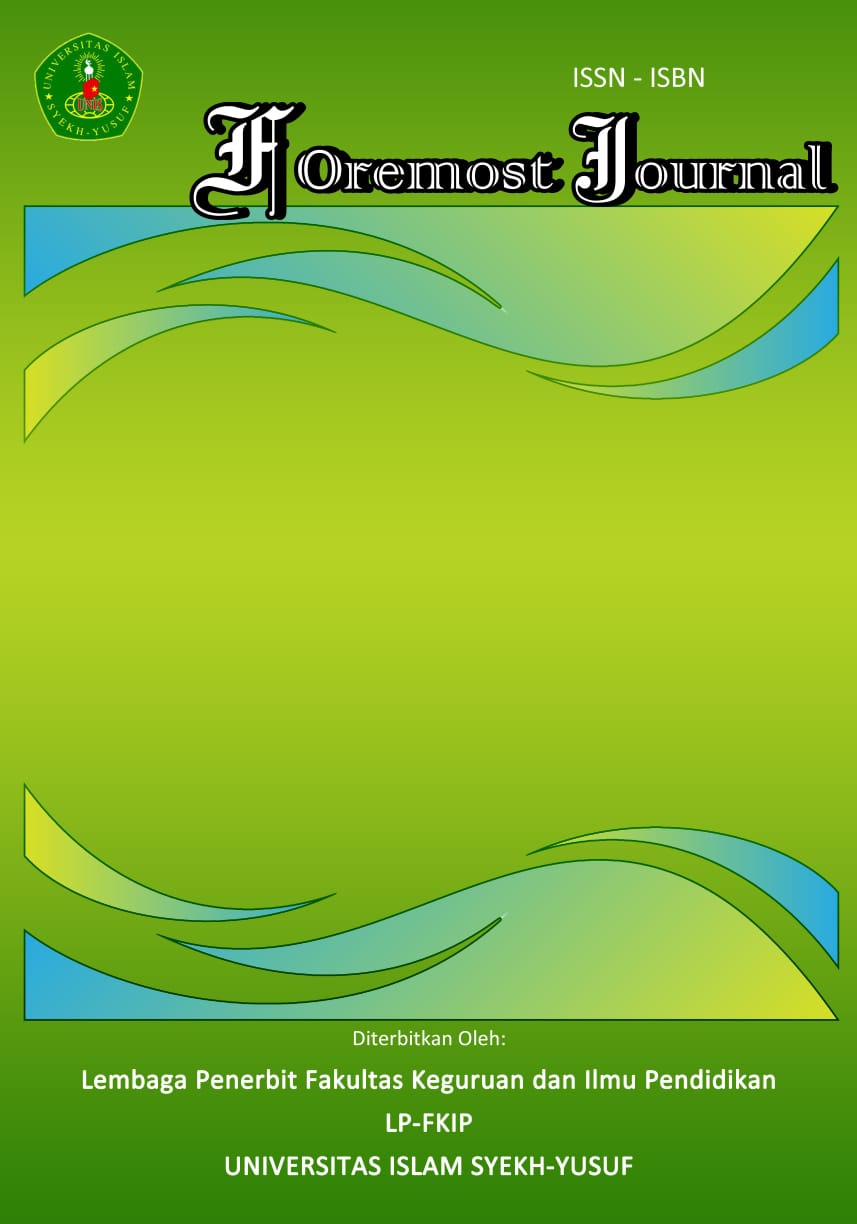Teaching Strategies in English Extracurricular Activities at SMAN 85 Jakarta
DOI:
https://doi.org/10.33592/foremost.v5i2.4900Keywords:
Teaching strategies, Extracurricular activities, English Club, Teachers' reasonsAbstract
Teaching strategies is one of the things that must be a concern for teachers, especially language teachers. Unfortunately, it is not uncommon for teachers to ignore this in the learning process. This can be seen from the way teachers choose teaching strategies which are sometimes not appropriate to the skills to be taught. This study included a participant which is a teacher from English Club at SMAN 85 Jakarta. In conducting the study, the researcher applied a qualitative method with a case study. The researcher used observation form and interviews as the instruments of this study. The results show that the most used teaching strategy in English Club at SMAN 85 Jakarta is direct learning strategy, while the least used teaching strategy is bottom-up strategy. The researcher also found that the reason for the teacher choosing a teaching strategy is mostly for the students to easily understands the concepts of the material used in the teaching strategies.
Downloads
Published
How to Cite
Issue
Section
License
Copyright (c) 2024 Foremost Journal

This work is licensed under a Creative Commons Attribution-NonCommercial-ShareAlike 4.0 International License.
- Authors certify that the work reported here has not been published before and contains no materials the publication of which would violate any copyright or other personal or proprietary right of any person or entity.
- Authors transfer or license the copyright of publishing to Foremost Journal to publish the article in any media format, to share, to disseminate, to index, and to maximize the impact of the article in any databases.
- Authors hereby agree to transfer a copyright for publishing to Foremost Journal a Publisher of the manuscript.
- Authors reserve the following:
- all proprietary rights other than copyright such as patent rights;
- the right to use all or part of this article in future works of our own such as in books and lectures;
- use for presentation in a meeting or conference and distributing copies to attendees;
- use for internal training by author's company;
- distribution to colleagues for their research use;
- use in a subsequent compilation of the author's works;
- inclusion in a thesis or dissertation;
- reuse of portions or extracts from the article in other works (with full acknowledgement of final article);
- preparation of derivative works (other than commercial purposes) (with full acknowledgement of final article); and
- voluntary posting on open web sites operated by author or author’s institution for scholarly purposes, but it should follow the open access license of Creative Common CC BY-NC-SA License.



